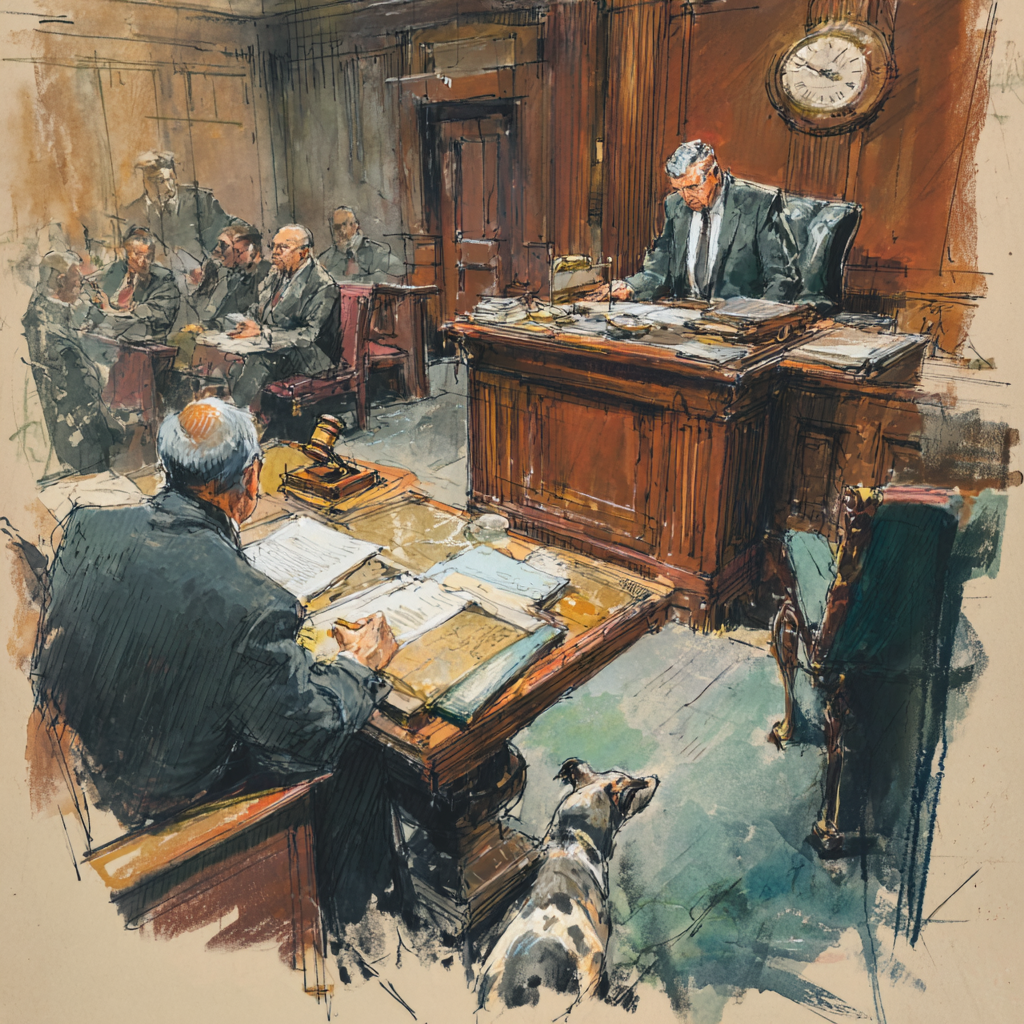Gaughan v Censeo Health, LLC, 2022 NY Slip Op 00587 (4th Dept. 2022)
“Plaintiff met his initial burden of establishing that he sustained a serious injury under the permanent consequential limitation of use and significant limitation of use categories by submitting the affidavit of his expert, who provided evidence that the range of motion of plaintiff’s spine was limited up to 50% when compared to a normal range of motion and that those limitations were permanent (cf. Mutombo v Certified Document Destruction & Recycling, Inc., 193 AD3d 1432, 1433-1434 [4th Dept 2021]; see generally Toure v Avis Rent A Car Sys., 98 NY2d 345, 353 [2002], rearg denied 98 NY2d 728 [2002]). In addition, the expert opined that the injuries to plaintiff’s spine were caused by the motor vehicle accident inasmuch as a review of plaintiff’s medical records revealed that plaintiff had made no similar complaints of pain regarding his spine prior to the accident (cf. Grier v Mosey, 148 AD3d 1818, 1820 [4th Dept 2017]). In opposition, defendants failed to raise an issue of fact through the affidavit of their expert physician, who found similar limitations to plaintiff’s range of motion (see Maurer v Colton [appeal No. 3], 180 AD3d 1371, 1373-1374 [4th Dept 2020]; Clark v Boorman, 132 AD3d 1323, 1325 [4th Dept 2015]). Although the defense expert attributed plaintiff’s injuries to age-related degeneration, the expert failed to account for the absence of pain in plaintiff’s spine prior to the accident. Thus, the expert’s opinion “was conclusory and therefore ‘insufficient to establish that plaintiff’s pain might be . . . unrelated to the accident’ ” (Ashquabe v McConnell, 46 AD3d 1419, 1419 [4th Dept 2007]).”
I really love the “no prior pain” line of cases. It is akin to the prior asymptomatic injury that became symptomatic. I do enjoy the discussion.









